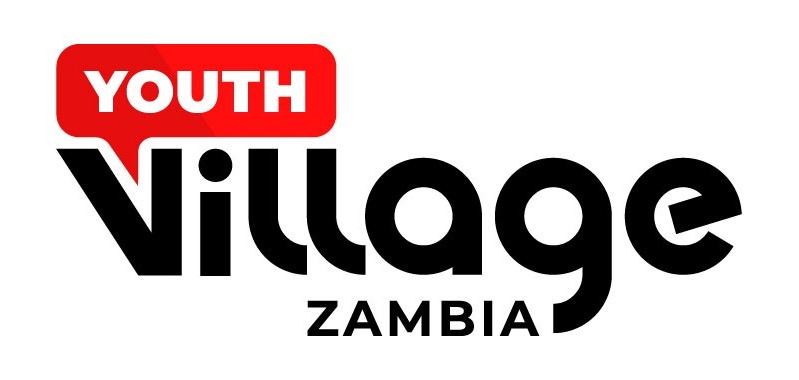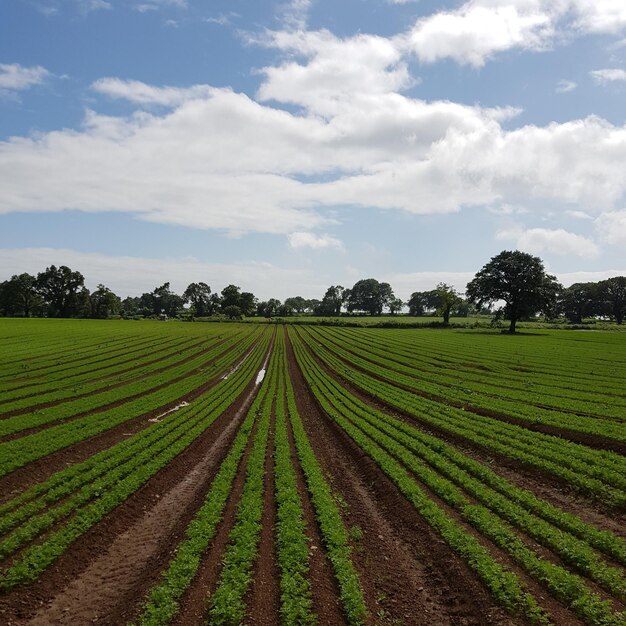Zambia’s economy has been experiencing significant growth, fueled by various sectors that contribute to its development. With a rich endowment of natural resources, a growing agricultural base, and increasing investments in infrastructure, Zambia is positioning itself as a regional economic powerhouse. Here are the top ten sectors driving Zambia’s economic growth:
1. Mining and Mineral Processing
Zambia is one of Africa’s largest copper producers, with mining being a key contributor to the economy. The country’s mineral wealth, particularly copper and cobalt, attracts significant foreign investment. Major companies like First Quantum Minerals and Barrick Gold operate large-scale mines, generating revenue and employment opportunities while also promoting infrastructure development in mining regions.
2. Agriculture
Agriculture plays a critical role in Zambia’s economy, employing a substantial portion of the population. The sector includes crop farming, livestock rearing, and fisheries. Major crops such as maize, soybeans, and cotton are not only vital for local consumption but also for export. Government initiatives to enhance agricultural productivity through technology and access to markets are key to growth in this sector.
3. Tourism
With its stunning landscapes, wildlife, and cultural heritage, Zambia has a growing tourism sector. Attractions like Victoria Falls, South Luangwa National Park, and Lower Zambezi National Park draw both local and international visitors. The government is investing in tourism infrastructure, including hotels and transport, to boost this sector and promote Zambia as a top travel destination in Africa.
4. Construction and Real Estate
The construction sector is witnessing rapid growth due to increased investment in infrastructure projects, including roads, bridges, and housing developments. Urbanization and a growing population drive demand for residential and commercial properties, making real estate a lucrative sector. Government initiatives to improve housing affordability are also stimulating growth.
5. Energy
Zambia is rich in hydroelectric resources, with the Zambezi River being a key source of energy. The energy sector is critical for supporting industrial growth and improving access to electricity. The government is focusing on diversifying energy sources, including solar and wind power, to ensure sustainable energy production and meet the increasing demand.
6. Manufacturing
The manufacturing sector in Zambia is expanding, driven by the need for value-added products and reduced reliance on imports. Key areas include food processing, textiles, and consumer goods. Government support for local industries and initiatives to promote small and medium-sized enterprises (SMEs) are crucial for the sector’s development.
7. Financial Services
Zambia’s financial sector has seen growth with the establishment of various banks and financial institutions, enhancing access to financial services. The sector supports economic activities through lending, investment, and insurance services. Innovative financial technologies, such as mobile banking, are also improving financial inclusion among the population.
8. Information and Communication Technology (ICT)
The ICT sector is rapidly evolving in Zambia, driven by increased internet access and mobile penetration. The government’s push for digital transformation is fostering growth in tech startups and digital services. This sector is critical for improving efficiency across industries and enhancing service delivery in education, health, and commerce.
9. Transport and Logistics
Zambia’s strategic location as a landlocked country makes the transport and logistics sector vital for facilitating trade with neighboring countries. Investments in road and rail infrastructure are enhancing connectivity, while the development of logistics hubs is improving supply chain efficiency. This sector is essential for supporting exports, particularly in mining and agriculture.
10. Healthcare
The healthcare sector in Zambia is experiencing growth driven by increased investment in facilities, medical supplies, and services. Government initiatives to improve health infrastructure and access to healthcare services are critical for enhancing public health outcomes. The sector is also seeing growth in pharmaceuticals and health insurance services, contributing to economic development.
Zambia’s economic growth is driven by a diverse range of sectors that leverage the country’s natural resources, human capital, and strategic location. Continued investment in these sectors, supported by favorable government policies, will be crucial for sustaining economic growth and improving the living standards of Zambians. As these sectors develop, they will play a vital role in shaping Zambia’s future as a key player in the Southern African economy.






